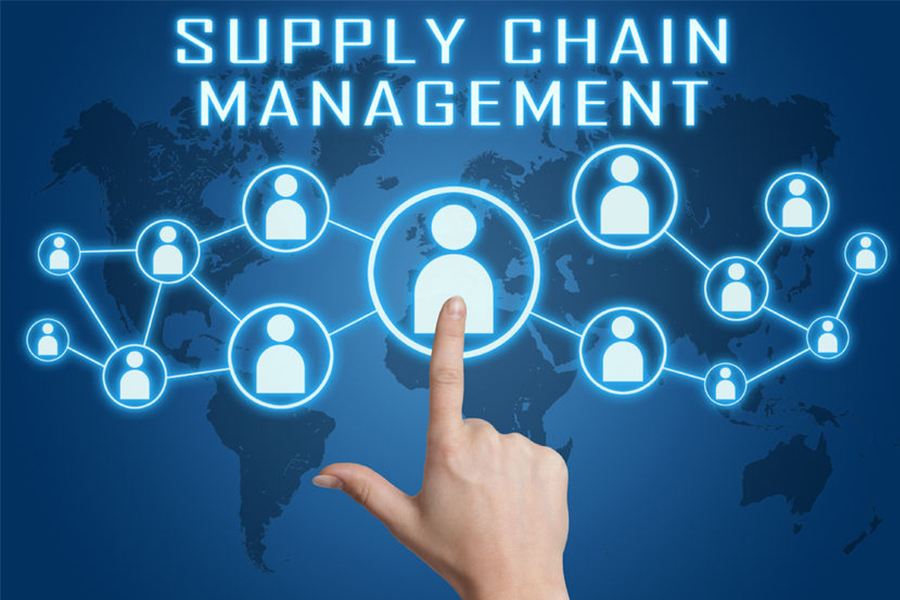Efficient Operation

Reduce total cost of ownership (TCO) for customers
Costs are involved at all stages of a product’s life cycle, and TCO is designed to take into account the costs from delivery to eventual conversion into marketable goods. By formulating the “baseline” principle, we expect to keep the baseline, reduce the additional cost, and achieve a more accurate understanding of the supplier’s cost performance through the analysis of the additional costs. This will ensure better cost effectiveness in the case of combined operations with other businesses.
By focusing on all product lines and controlling the entire product life cycle, the cost accounting analysis ensures that products with substandard quality and price are removed from shelves with the least delay.
Supply chain management of trust and fairness
“In the Wealth of Nations”, Adam Smith summed up the basic points of human nature as economic egoism and moral and emotional altruism. Excessive egoism shall inevitably bring about detriment of the other party. Given the communicative nature of business, we believe that egoism will ensure survival, while altruism will ensure long-term survival. Only by adhering to the altruistic mentality and the principle of fairness and reciprocity can we guarantee the development and win-win situation of both the upstream and downstream of the supply chain. Moreover, in view of the role of trust in cooperation and cost reduction, we have always accorded our partners the utmost trust and respect.
We conduct quarterly KPI assessment of suppliers to promote their coordinated development with the company. The assessment involves seven dimensions, namely, product quality compliance, product delivery compliance, price degree, emergency order and problem response degree, strategic consistency, supplier risk response ability, and supplier social responsibility degree.


Overall quality management
As a “pass” and a “stepping stone” to global market, product quality is the basis for enterprises to establish a foothold in the international market and participate in international competition.
In international trade, apart from sample quality, users attach greater concern on the quality consistency and qualification rate of products in mass production, which are subject to the evaluation of the quality system.
In light of the demand of international trade, the International Organization for Standardization has formulated the ISO9000 series standards for quality management and quality assurance, which offers unified standards for the quality assessment of commodity producers in the international market.
With an emphasis on product quality, Venace has developed a policy of “customer focus, full participation, process control and continuous improvement”. This contributes to achieving the quality goal of 100% final delivery compliance and over 95% customer satisfaction.
The quality inspection consists of two stages: in-process inspection and secondary inspection of key points. Our quality control measures are expected to provide systematic guarantee for the product quality of customers.
Digital drive
The world today is witnessing a new business revolution driven by flow. The business law of the flow era assumes the following characteristics:
- 1. The underlying logic of business is shifting from product operation to user operation and from product-centered to user-centered. The discourse power of business activities is shifting from merchants to users.
- 2. The driving force of business is shifting from flow to relationships and communication. The flow that cannot be converted or has a low conversion rate shall be invalid regardless of quantity.
- 3. The measurement of business is changing from value to values, as the popularity of personified IP attests. IP marketing is crucial for future business.

